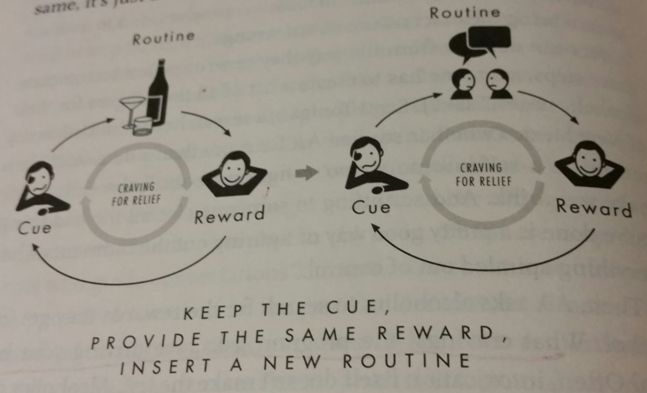Read and loved The Power of Habit: Why We Do What We Do In Life and Business
Excerpt from NPR’s How You Can Harness ‘The Power Of Habit’
… Charles Duhigg, a business reporter for The New York Times, explains how some companies have achieved enormous success by altering people’s habits. By luck or design, they’ve been tapping into a powerful psychological pattern: the “habit loop.”
The habit loop is a three-part process. First, “there’s a cue, which is kind of a trigger for an automatic behavior to start unfolding,” Duhigg tells Morning Edition’s Renee Montagne. “There’s a routine, which is the behavior itself … and then there’s a reward, which tells our brain whether we should store this habit for future use or not.”
“This gets to how habits work,” Duhigg says. “The reason why these cues and rewards are so important is because over time, people begin craving the reward whenever they see the cue, and that craving makes a habit occur automatically.”
All of this means that we can create new good habits or break old bad habits by targeting oFor example, here is a visual on how to cure the ‘habit’ of alcoholism (page 72):

Cue, Routine, Reward, Craving
From New York Times book review Can’t Help Myself: ‘The Power of Habit,’ by Charles Duhigg
He also suggests that by understanding the nature of habits we can influence group behavior, turning companies into profit makers and ensuring the success of social movements.
He makes his case by presenting fascinating stories and case histories. Readers will learn how and why Target can tell which of its female customers are pregnant, even before they have told their friends and family; how Rick Warren went from a depressed minister of a small congregation to the leader of one of the biggest megachurches in the world; why Rosa Parks’s refusal to give up her seat started a movement when similar refusals by others had not; and why a 1987 fire in a London Underground station failed to be contained, leading to the deaths of 31 people.
While we are on the subject of social movements, here is a recipe on page 217:
A movement starts because of the social habits of friendship and the strong ties between close acquaintances.
It grows because of the habits of a community, and the weak ties that hold neighborhoods and clans together.
And it endures because a movement’s leaders give participants new habits that create a fresh sense of identity and a feeling of ownership.
